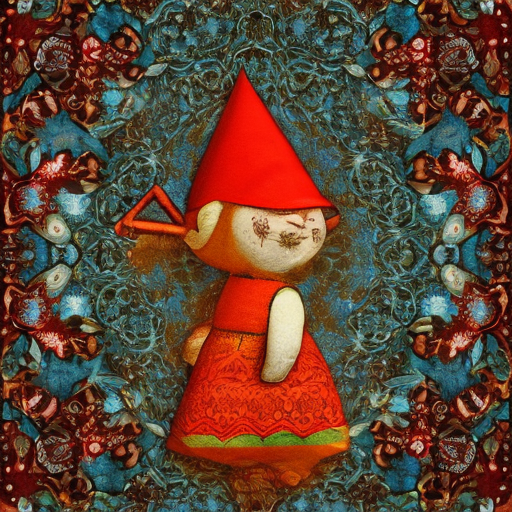Summary of “Amélie” by Jean-Pierre Jeunet
One-line Summary:
Amélie, a whimsical and compassionate young woman, embarks on a journey to bring happiness to those around her while discovering her own desires and finding love in the process.
Main Cast and Crew:
- Director: Jean-Pierre Jeunet
- Writer: Jean-Pierre Jeunet, Guillaume Laurant
- Key Actors: Audrey Tautou as Amélie Poulain, Mathieu Kassovitz as Nino Quincampoix, Rufus as Raphaël Poulain, Lorella Cravotta as Amandine Poulain, Serge Merlin as Raymond Dufayel
- Music Director: Yann Tiersen
- Director of Photography: Bruno Delbonnel
- Producers: Claudie Ossard, Arne Meerkamp van Embden
Plot:
Amélie Poulain, a shy and imaginative young woman, grows up in a secluded world, finding solace in small pleasures. After discovering a hidden treasure in her apartment, she decides to embark on a mission to bring happiness to others. Amélie’s acts of kindness and mischief lead her to encounter a colorful cast of characters, including a reclusive painter, a hypochondriac tobacconist, and a quirky grocer.
As Amélie helps others, she also discovers her own desires and seeks love. She becomes infatuated with Nino, a quirky young man who collects discarded photo booth pictures. Through a series of playful and mysterious encounters, Amélie and Nino’s paths intertwine, but their shyness prevents them from fully connecting.
Amélie’s journey takes her through the vibrant streets of Paris, where she learns to confront her fears and embrace her own happiness. In the end, she finds the courage to pursue her own desires and experiences a heartwarming reunion with Nino.
Themes and Motifs:
“Amélie” explores themes of loneliness, connection, and the transformative power of small acts of kindness. The film celebrates the beauty of everyday life and encourages viewers to find joy in the simple pleasures that surround them. Through Amélie’s whimsical adventures, the movie also highlights the importance of taking risks, embracing vulnerability, and stepping out of one’s comfort zone.
The film is filled with visual motifs, such as the use of vibrant colors to represent emotions and the recurring image of a garden gnome traveling the world. These motifs add depth and symbolism to the narrative, emphasizing the film’s themes and enhancing its magical atmosphere.
Reception and Legacy:
Upon its release in 2001, “Amélie” received critical acclaim for its enchanting storytelling, visual style, and Audrey Tautou’s captivating performance. The film was praised for its unique blend of whimsy, romance, and humor, and its ability to capture the imagination of audiences worldwide.
“Amélie” went on to receive numerous awards and nominations, including five Academy Award nominations and four César Awards. The film’s success helped solidify Jean-Pierre Jeunet’s reputation as a visionary director and introduced Audrey Tautou to international audiences.
The movie’s lasting impact can be seen in its enduring popularity and cult following. It has become a beloved classic, often cited as one of the greatest French films of all time. “Amélie” continues to inspire audiences with its message of hope, kindness, and the power of human connection.
Recommendation:
“Amélie” is a whimsical and heartwarming film that will transport viewers into a world of magic and imagination. With its charming characters, stunning visuals, and uplifting story, it is a true cinematic gem that will leave you with a smile on your face. Whether you are a fan of romance, comedy, or simply appreciate a well-crafted film, “Amélie” is a must-watch.
Memorable Quote:
“Without you, today’s emotions would be the scurf of yesterday’s.” – Amélie Poulain












